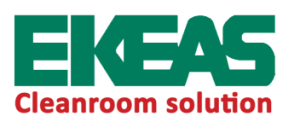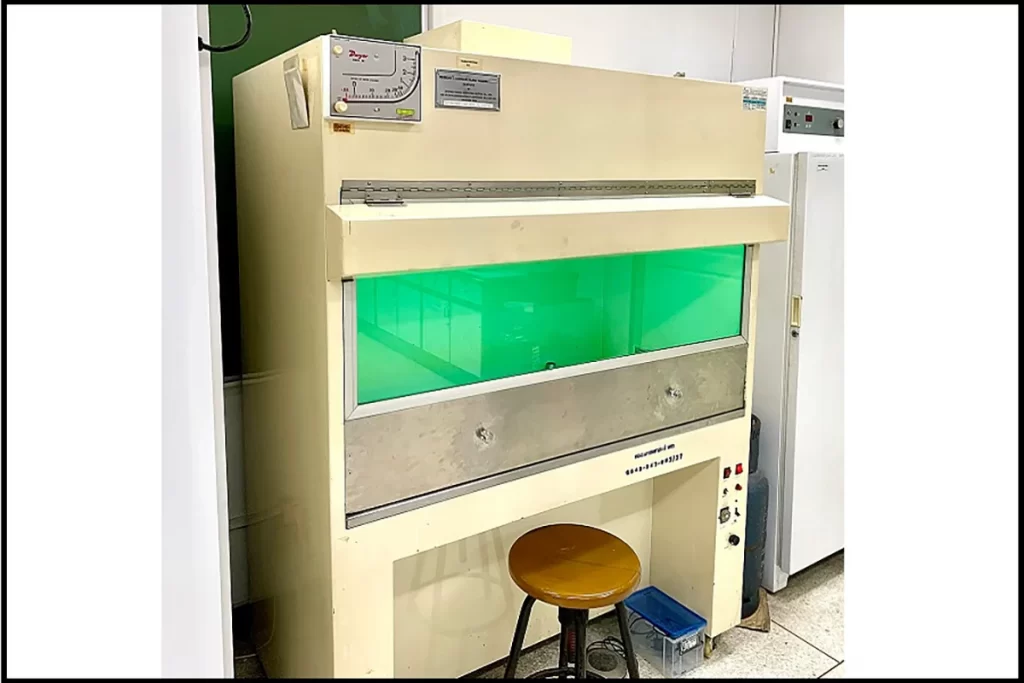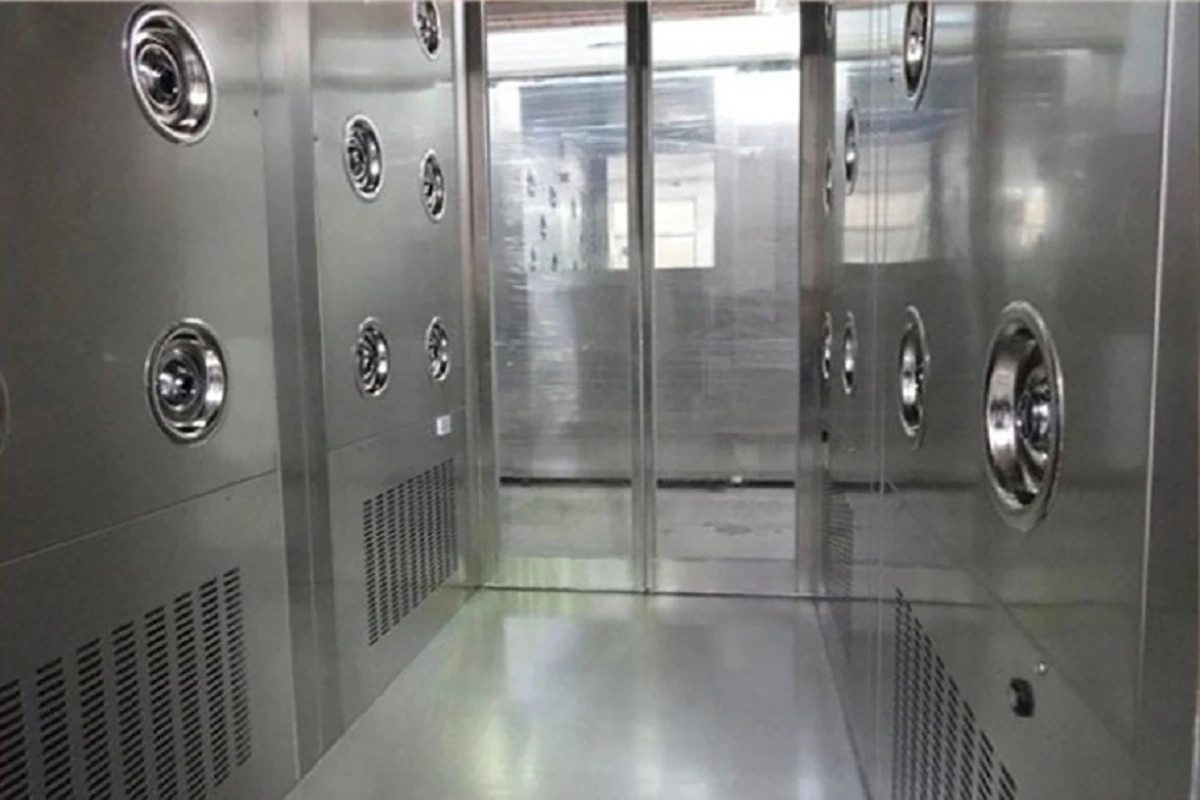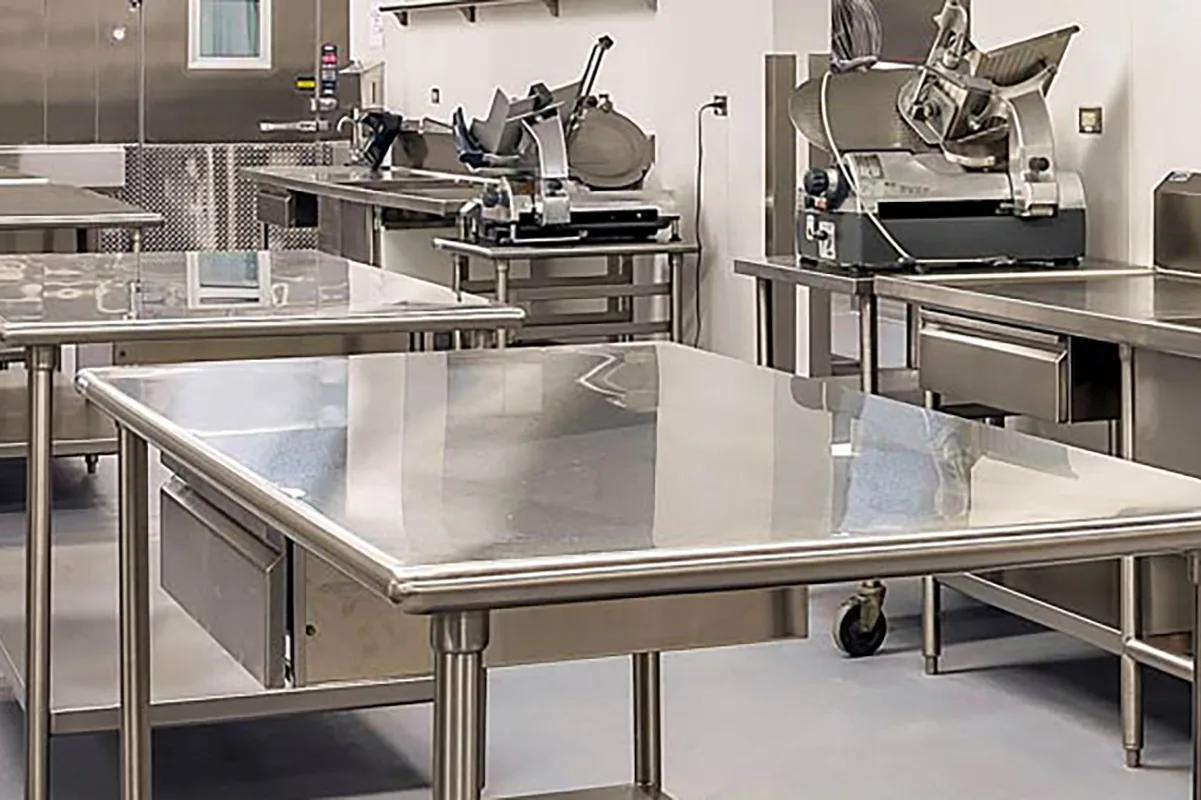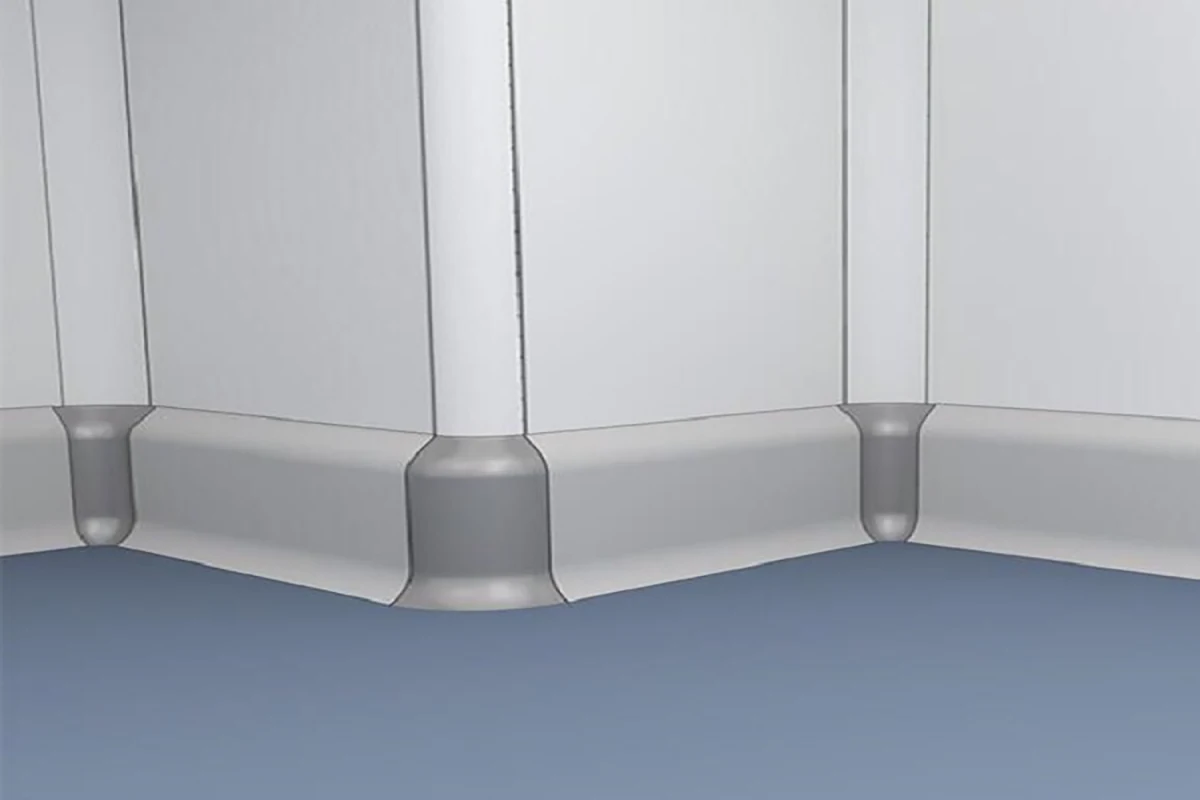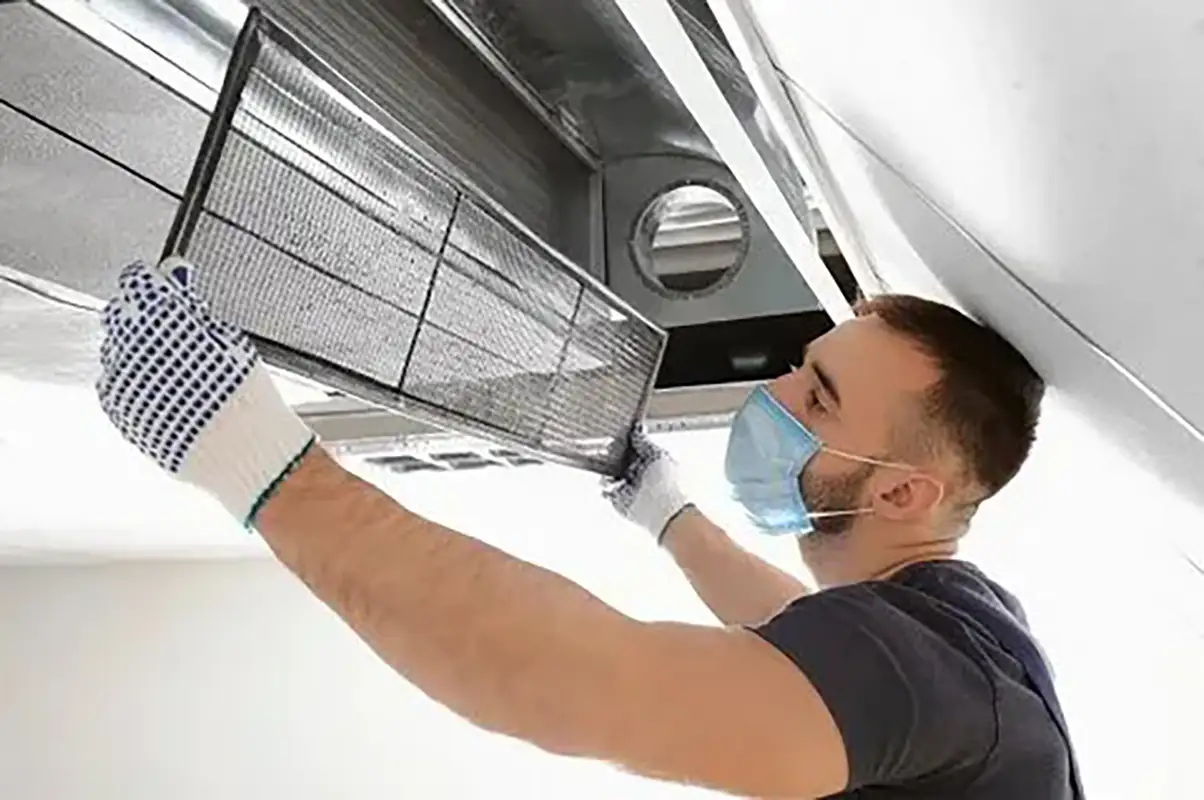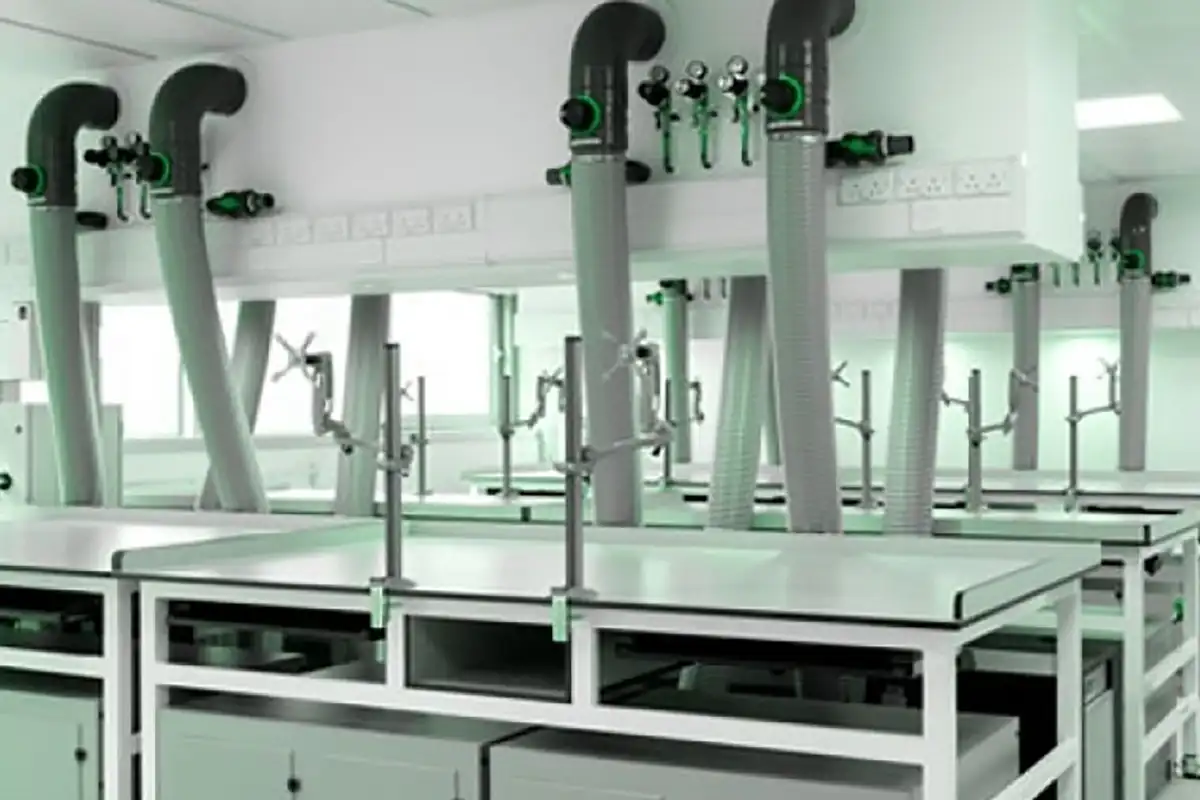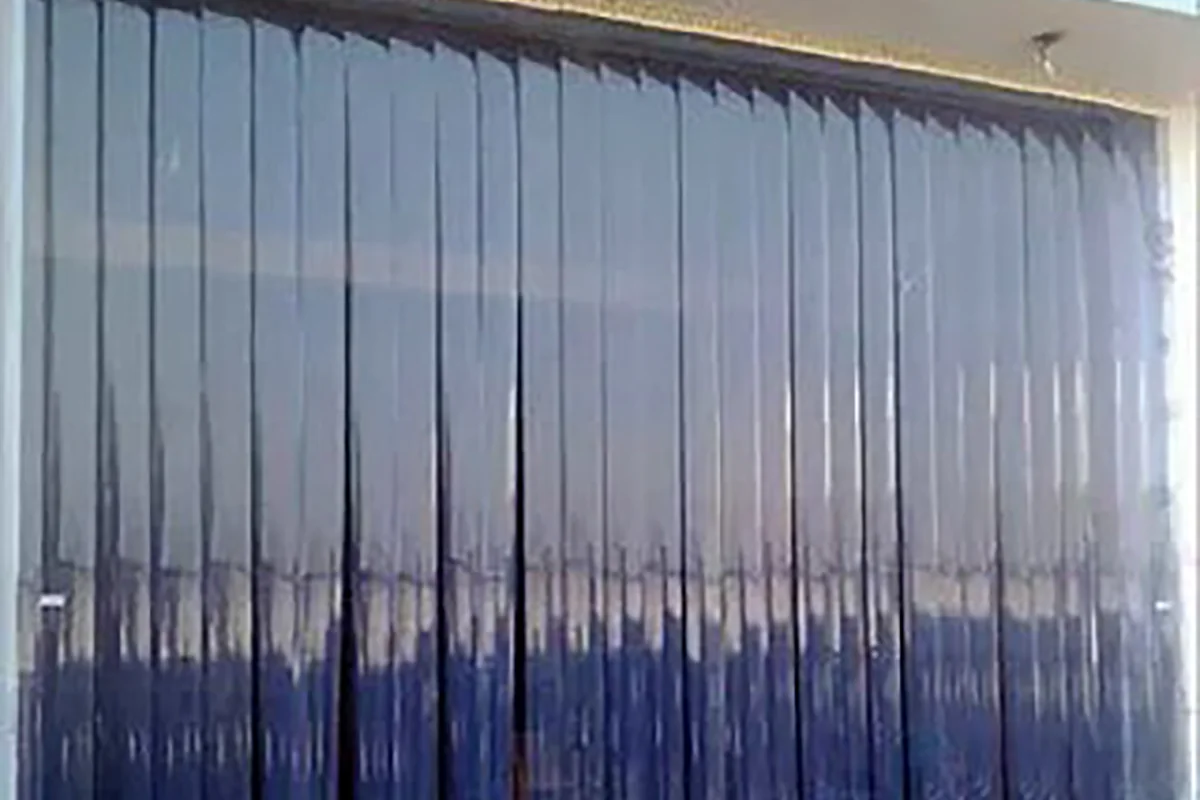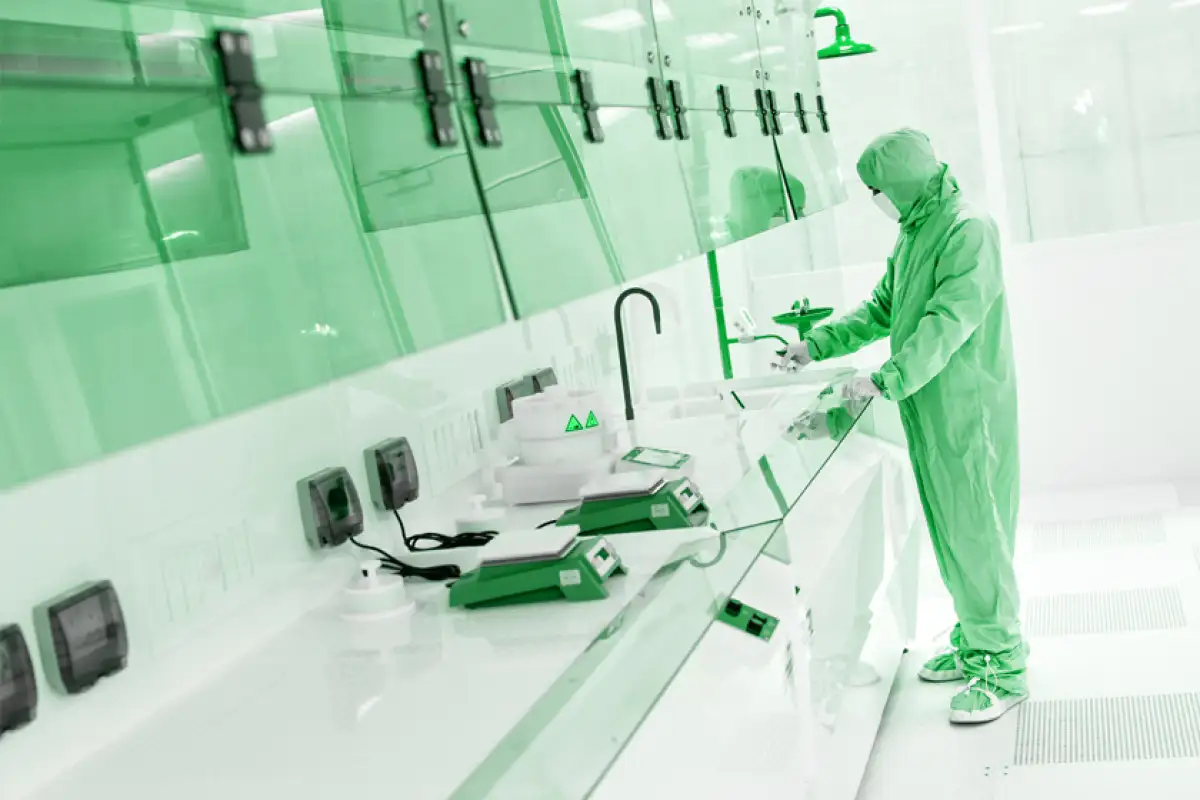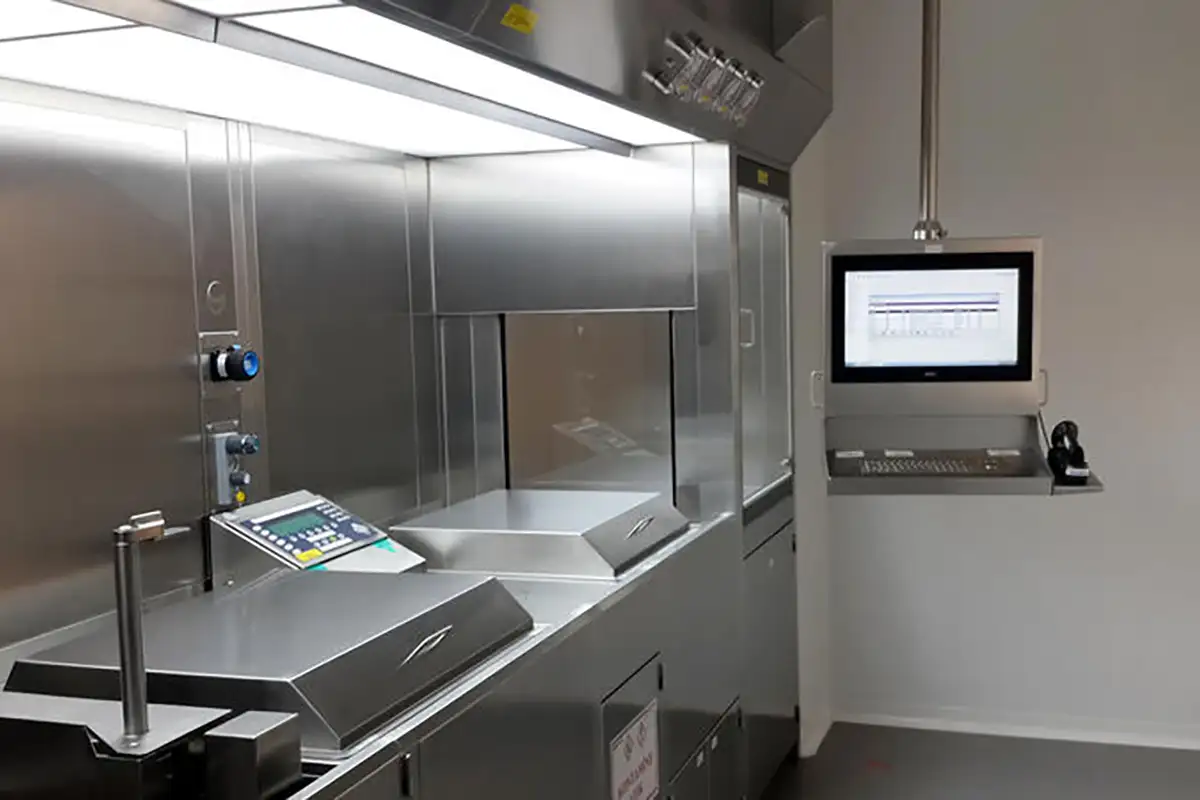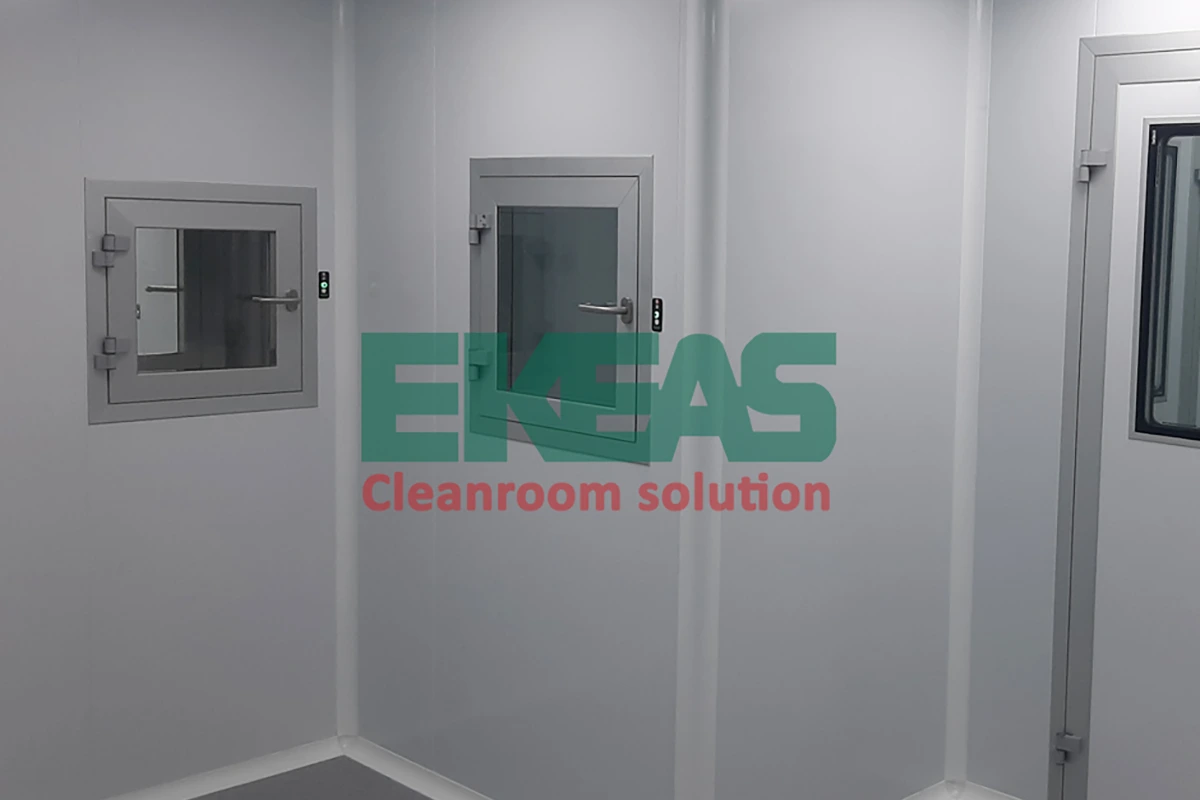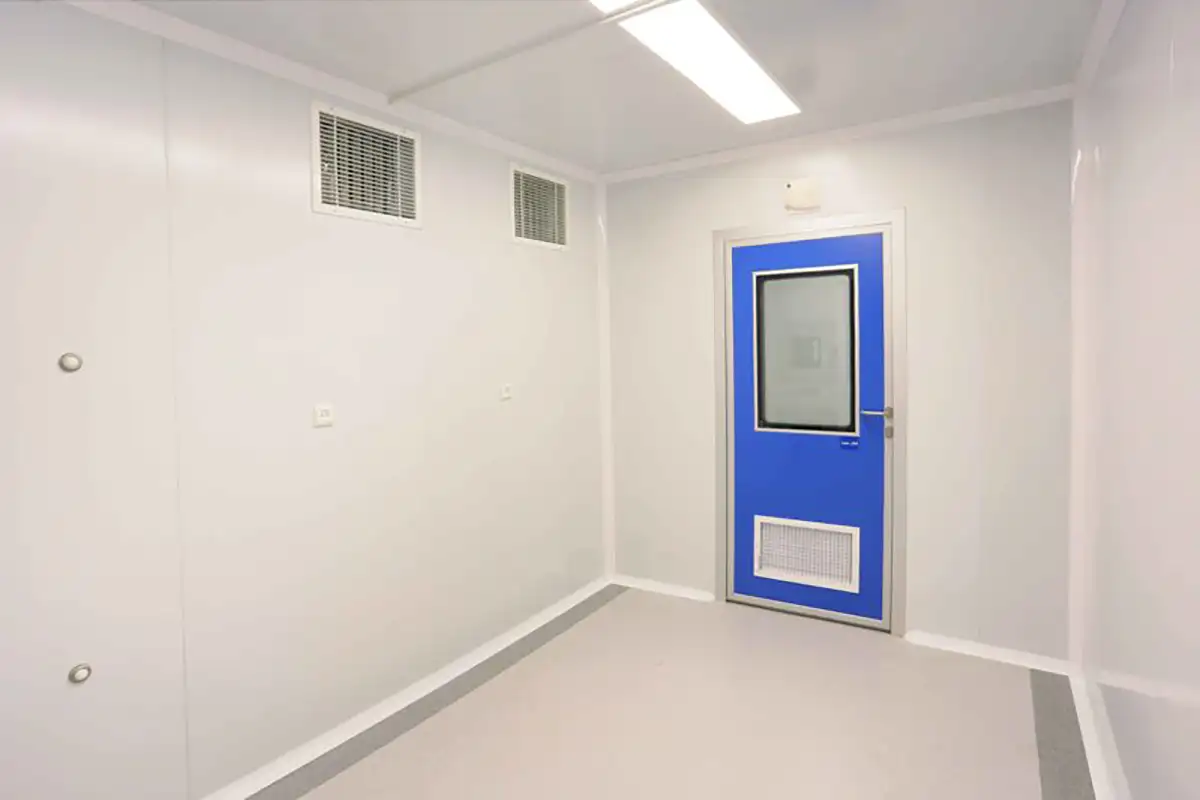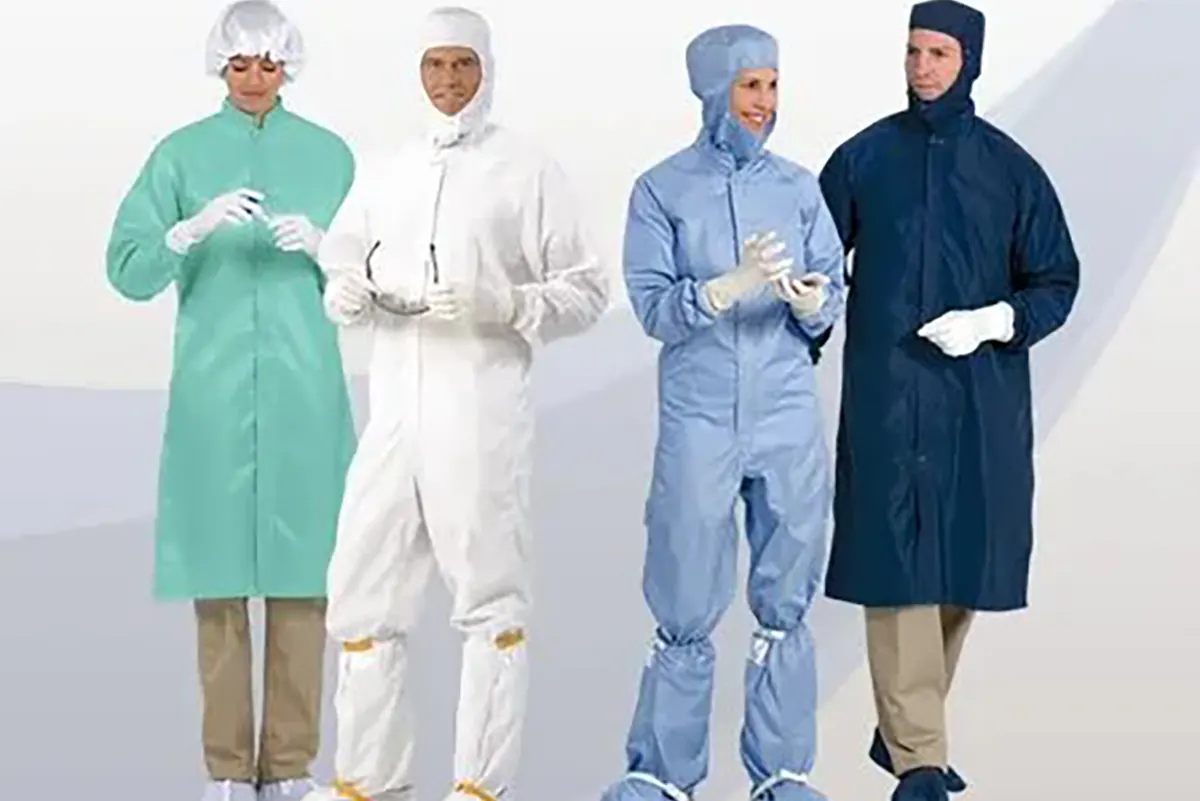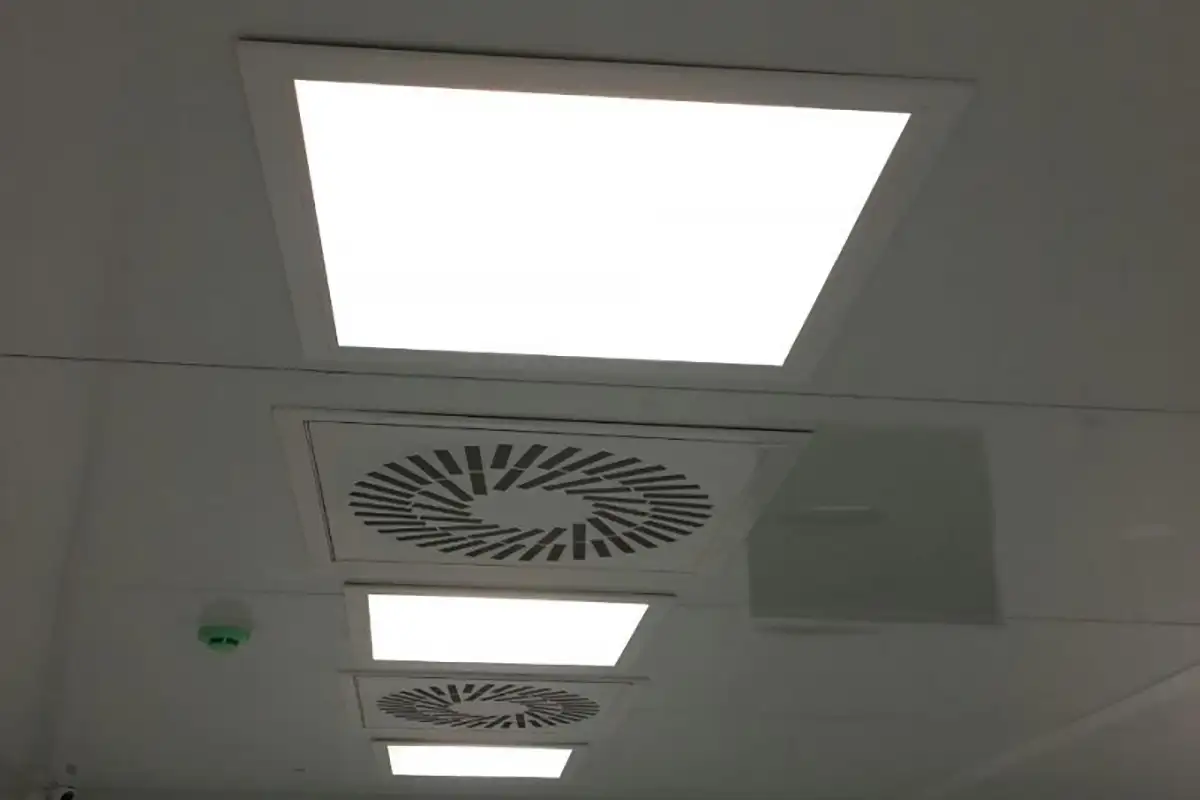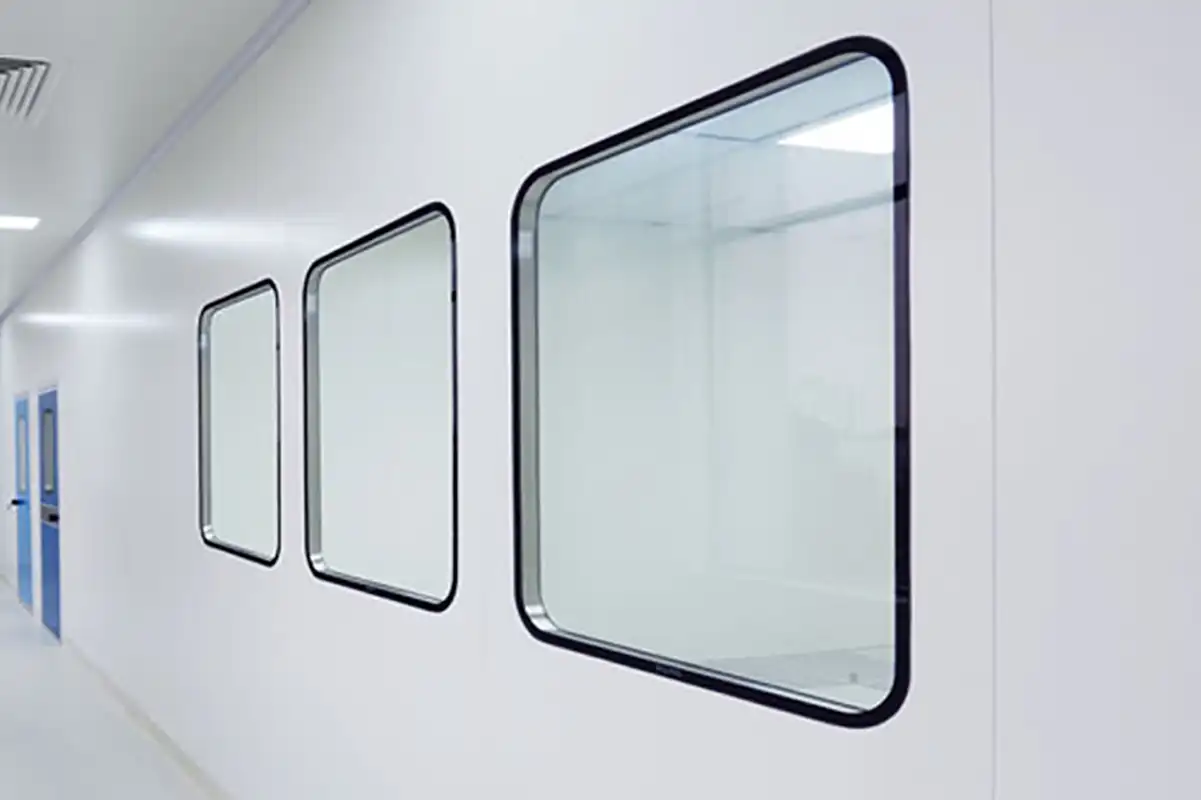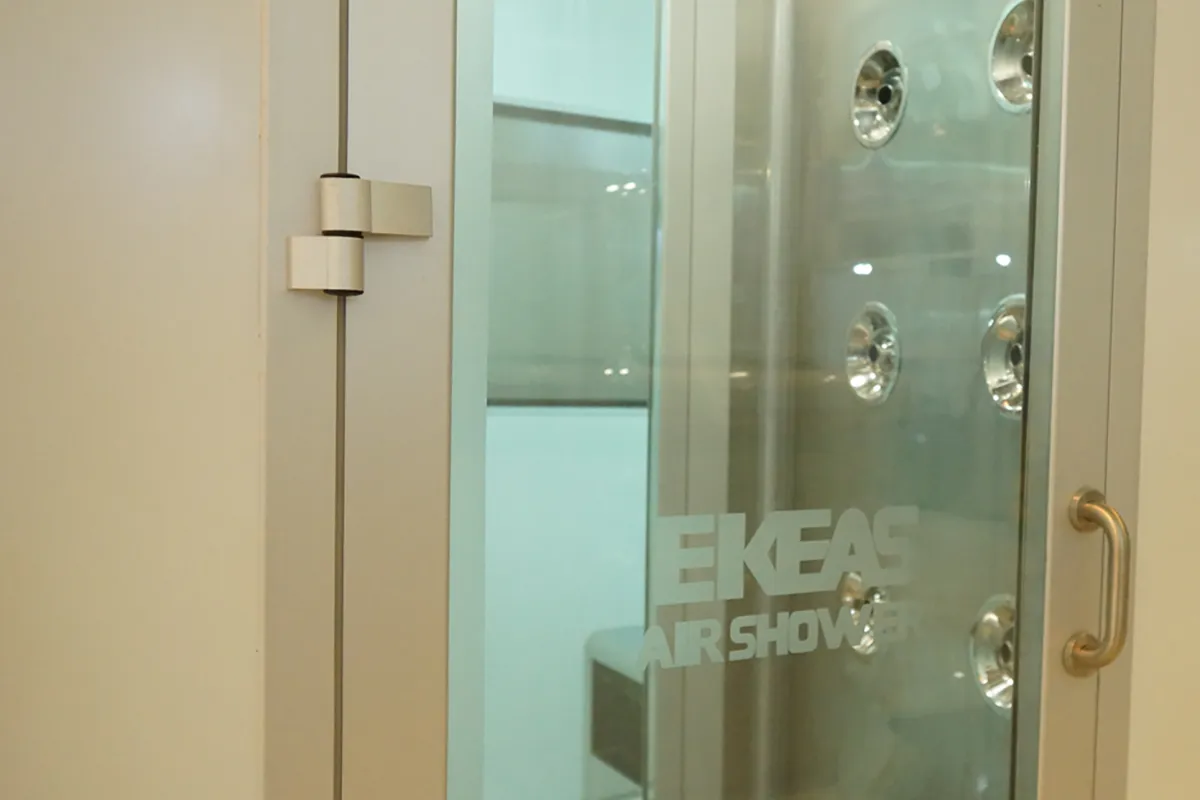Cleanrooms are designed for research or production of products that require very clean environments, and are classified according to the degree of air cleanliness. The most important feature associated with cleanrooms is precise control of airflow. Laminar airflow is a device that is used to blow filtered air over areas that require a sterile environment. The proper shape, physical separation from surrounding areas, and temperature control are critical factors in the selection and design of a laminar airflow device. In this article, we will discuss laminar airflow in cleanrooms.
Features and structure of laminar airflow
Airflow is the movement of air from one area to another. The main driving force of airflow is pressure gradient. Air behaves as a fluid, meaning that its particles naturally flow from areas of higher pressure to areas of lower pressure.
Typically, cleanrooms use a variety of techniques to prevent the entry of airborne particles, bacteria, and other contaminants into the work environment, such as requiring cleanroom clothing and precise cleaning instructions. However, one of the main factors that keeps a cleanroom free of particles is the air filtration system. Cleanrooms use a variety of filters, including high-efficiency particulate air (HEPA) filters and ultralow particulate air (ULPA) filters. However, there are two standard airflow patterns that are used consistently: laminar airflow and turbulent airflow.
read more | cleanroom equipment
Laminar airflow is a type of air flow in which the air moves in a straight, unobstructed path. Laminar airflow systems direct filtered air downward or horizontally in a steady stream toward filters located in the walls near the floor of the cleanroom or through perforated floor panels to be recirculated.
Laminar airflow occurs when air can flow smoothly and the velocity profile is parabolic. In cleanrooms, this airflow is achieved using laminar airflow hoods that direct jets of air in a straight downward path. The cleanroom architecture is also maintained to ensure reduced turbulence.
Components of laminar airflow
Laminar airflow consists of four parts: a fan, a pre-filter, DOP test ports, and a HEPA filter. The unit is constructed of stainless steel with no gaps or leaks. The HEPA-filtered air is delivered through the work area, which protects products and samples from airborne contamination.
read more | Cleanroom Design
The unit also has an internal LED light. Additionally, a differential pressure gauge monitors the integrity of the HEPA filter. This ensures that clean air is distributed evenly. The laminar airflow unit creates a positive pressure environment to prevent airborne particles from entering the work area.
How does a laminar airflow unit work?
Laminar airflow works by using the smooth air that is present within the stream that is produced by the HEPA filter. The unit is designed to create a particle-free work environment and protect the product. Air is taken in through a filtration system and then exhausted across the work surface as part of the laminar flow process. The filtration system typically consists of a pre-filter and a HEPA-type filter.
First, the air passes through a prefilter (panel filter). Next, the fan blows the air towards the HEPA filter. The HEPA filter captures dust, bacteria, and suspended particles in the air. Therefore, the HEPA-filtered air is clean and particle-free.
read more | Cleanroom Particle Counting Test
In laminar airflow (unidirectional), the filtered air is directed down from the ceiling in a layer. These layers of air hit the floor and are absorbed and filtered there by floor-level meshes. Turbulent airflow (non-unidirectional) systems keep the air in motion, but not in a single direction. This is done using non-specific speed filters and laminar airflow hoods.
Applications of laminar airflow
Laminar airflow is suitable for a variety of applications, especially in cases where clean air is required for smaller items such as electronic devices. Laminar airflow can be designed to meet the specific needs of cleanrooms, especially in the medical, pharmaceutical, electronics, and industrial industries.
Types of laminar airflow devices
Specialized laminar airflow equipment is used in a variety of industries to maintain cleanliness and prevent particle contamination in cleanrooms to protect products and operators. Laminar airflow hoods, also known as clean benches, can be vertical, horizontal, or fume hood-type. This style of benches and hoods direct the filter and airflow in a limited space and are used in laboratories and cleanrooms.
Laminar airflow equipment works by drawing in air, passing it through one or more HEPA filters, and then exhausting it at a constant and uniform velocity at the work surface. These systems are widely used by the medical, pharmaceutical, manufacturing, and other industries that require clean work environments. Laminar airflow equipment has several classifications that provide different levels of protection for operators and products. The most important types of laminar airflow are as follows:
Horizontal laminar airflow: Clean benches are used to create a particle-free work area. A continuous wash of filtered air with HEPA filter moves horizontally across the entire work area. Horizontal flow units are appropriate when the product and process at the work surface must primarily come into contact with filtered clean air from the HEPA filter. However, this equipment is not considered protective for operators and is ideal for use in areas with non-hazardous materials.
read more | Hygienic air conditioner
Vertical laminar airflow: Clean benches continuously wash filtered air vertically (downward). This equipment is installed above the equipment. The uniform laminar airflow of filtered air with HEPA filter moves downward and to the work area. Vertical flow units are appropriate when the manufacturing process produces vapor. Thus, the work surface must be isolated. Both the process and the personnel must be protected from powders, solvents, or chemicals.
Ekeas: Leading laminar airflow equipment manufacturer in Iran
Laminar airflow is designed to prevent particles from equipment and the work environment. Laminar airflow units create particle-free work areas by drawing air through a filtration system and exhausting it at the work surface in a smooth, even flow. These units provide an excellent clean air environment for cleanroom needs. Compared to turbulent airflow, laminar airflow reduces pollutants in the cleanroom.
Ekeas Group, with the expertise of a team of top engineers, has a long history in the field of cleanroom design and implementation. We offer you various types of laminar airflow to ensure the supply of a uniform stream of filtered air, with the best quality and the most reasonable price. For more information about laminar airflow, please contact our experts at Akias.
Cleanroom Equipment by Ekeas
Cleanrooms include a variety of equipment, and in order for a cleanroom to meet standards, it must use the appropriate equipment. Here are a few examples of cleanroom equipment:
